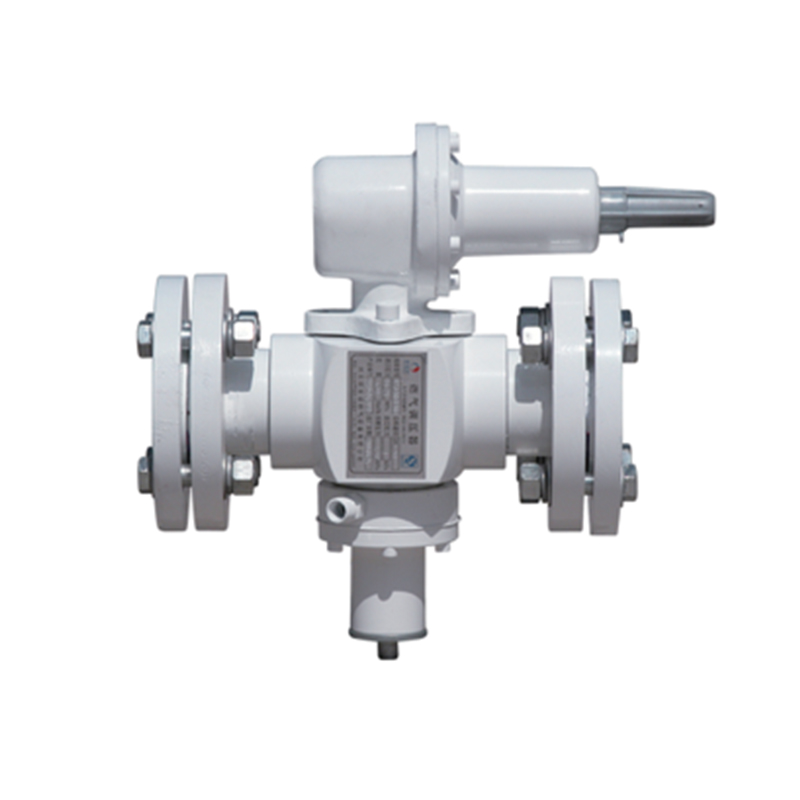
Sep . 12, 2024 08:34
Back to list
Pressure Regulator Valve
Understanding Pressure Regulating Valves A Comprehensive Overview
Pressure regulating valves (PRVs) play a crucial role in various industrial applications, ensuring the safe and efficient operation of systems that rely on fluid flow. These devices are designed to maintain a consistent output pressure regardless of variations in upstream pressure or downstream demand. In this article, we will explore the function, importance, types, and applications of pressure regulating valves.
Function of Pressure Regulating Valves
The primary function of a PRV is to control the pressure of a fluid in a system. When the upstream pressure, which comes from a source such as a pump or a pressurized tank, exceeds the desired set point, the PRV automatically adjusts to release excess pressure. This regulation of pressure helps prevent potential damage to downstream equipment, enhances performance, and ensures safety in operations.
Importance of Pressure Regulating Valves
PRVs are vital in many sectors, including water distribution, gas supply, and manufacturing processes. They help to
1. Protect Equipment By maintaining optimal pressure levels, PRVs safeguard sensitive equipment from damage caused by overpressure. 2. Enhance Efficiency Consistent pressure allows for better control of processes, leading to improved efficiency and productivity.
3. Ensure Safety In many applications, such as gas distribution, controlling pressure is essential for safety. PRVs help to mitigate the risks associated with high-pressure systems.
.
Types of Pressure Regulating Valves
صمام تنظيم الضغط

There are several types of pressure regulating valves, each designed for specific applications
1. Spring-Loaded Regulator This is the most common type of PRV, which uses a spring mechanism to control pressure. The position of the valve changes based on the pressure exerted by the fluid, allowing for effective regulation.
2. Diaphragm Regulator This type utilizes a flexible diaphragm that responds to changes in pressure. Diaphragm regulators are often used in applications where precise pressure control is essential.
3. Servo-Operated Regulator These advanced regulators use external power sources to control the valve position, allowing for very accurate pressure settings. They are commonly used in industrial automation.
4. Electronic Pressure Regulators These systems integrate electronics for real-time feedback and control, providing high accuracy and adaptability for various processes.
Applications of Pressure Regulating Valves
PRVs are used across numerous industries and applications
- Water Supply Systems They regulate the pressure in municipal water systems, ensuring a steady flow to households and businesses. - Natural Gas Distribution PRVs maintain safe operating pressures in gas pipelines, preventing leaks and potential hazards. - Manufacturing Processes They are crucial in chemical and food processing to maintain consistent pressures required for optimal product quality. - HVAC Systems In heating and cooling systems, PRVs help maintain proper pressure in refrigerant lines, enhancing efficiency and performance.
Conclusion
In summary, pressure regulating valves are essential components in many industrial and utility applications. Their ability to maintain a stable pressure level ensures the safety, efficiency, and longevity of various systems. Understanding the types, functions, and importance of PRVs can help industries optimize their operations and mitigate risks, leading to enhanced productivity and safety. As technology advances, the development of smarter and more efficient pressure regulating solutions continues to evolve, further improving system performance across various sectors.
Latest news
-
Safety Valve Spring-Loaded Design Overpressure ProtectionNewsJul.25,2025
-
Precision Voltage Regulator AC5 Accuracy Grade PerformanceNewsJul.25,2025
-
Natural Gas Pressure Regulating Skid Industrial Pipeline ApplicationsNewsJul.25,2025
-
Natural Gas Filter Stainless Steel Mesh Element DesignNewsJul.25,2025
-
Gas Pressure Regulator Valve Direct-Acting Spring-Loaded DesignNewsJul.25,2025
-
Decompression Equipment Multi-Stage Heat Exchange System DesignNewsJul.25,2025

